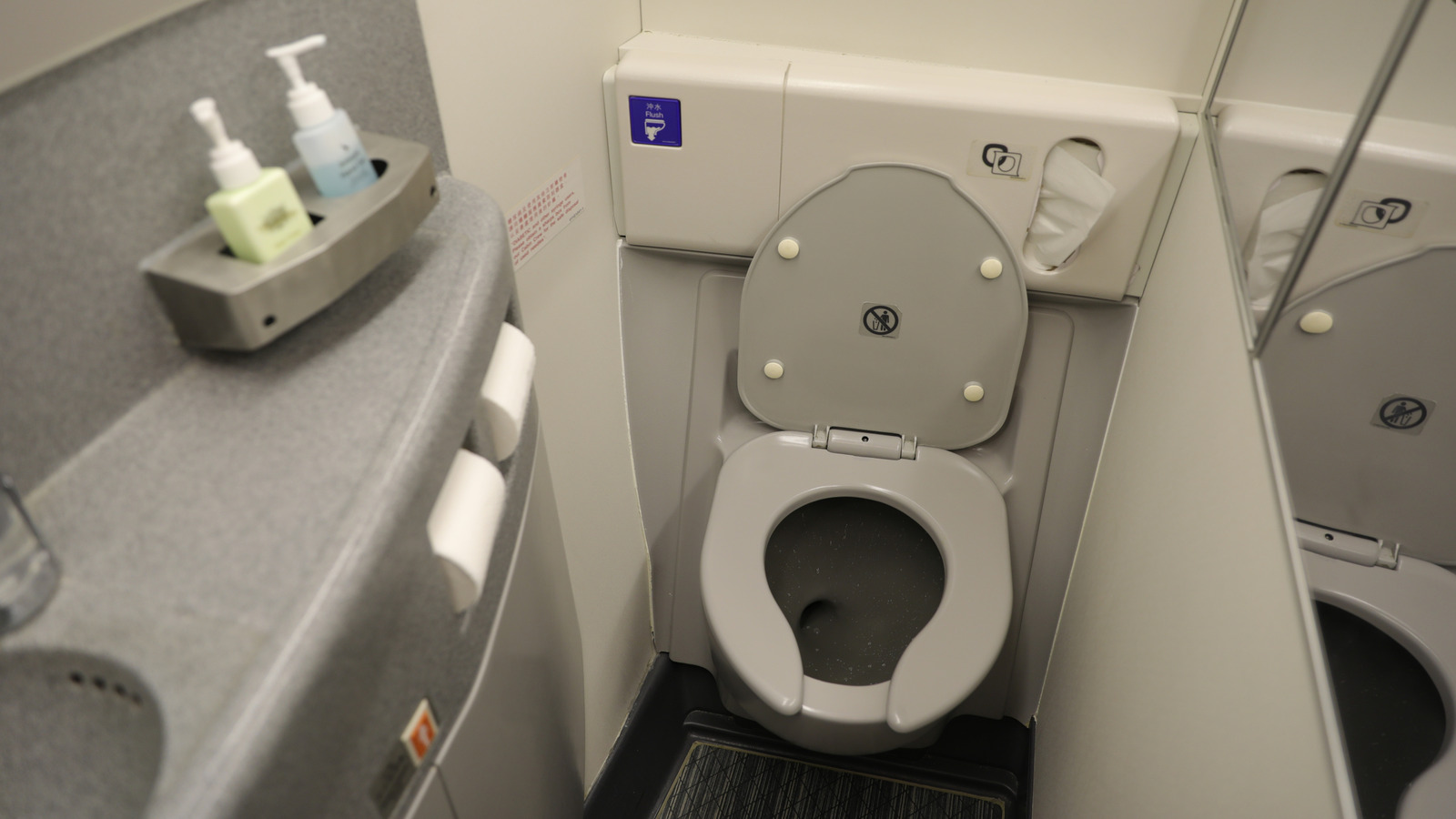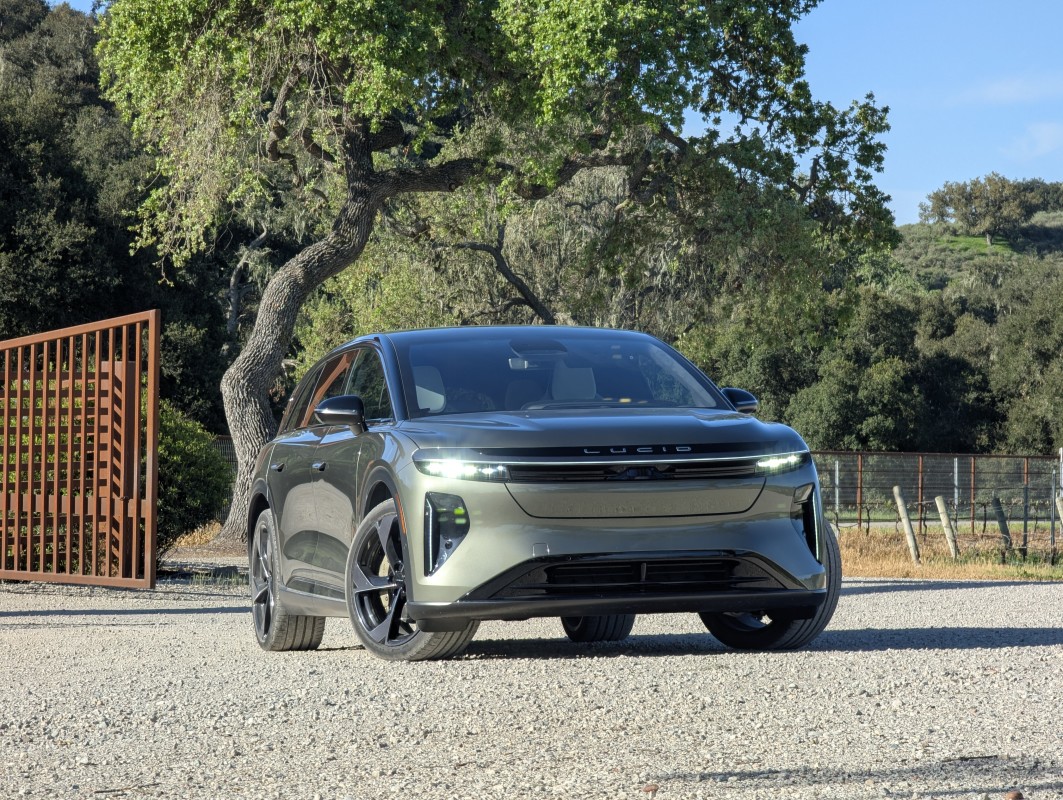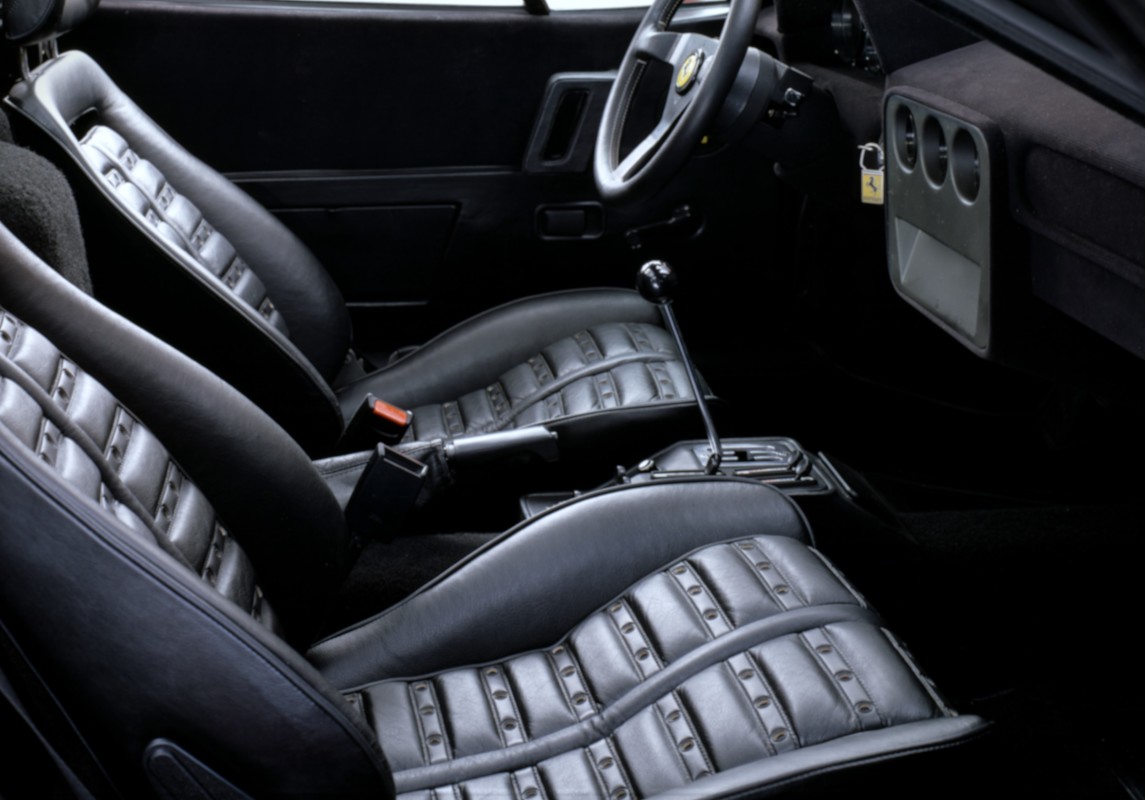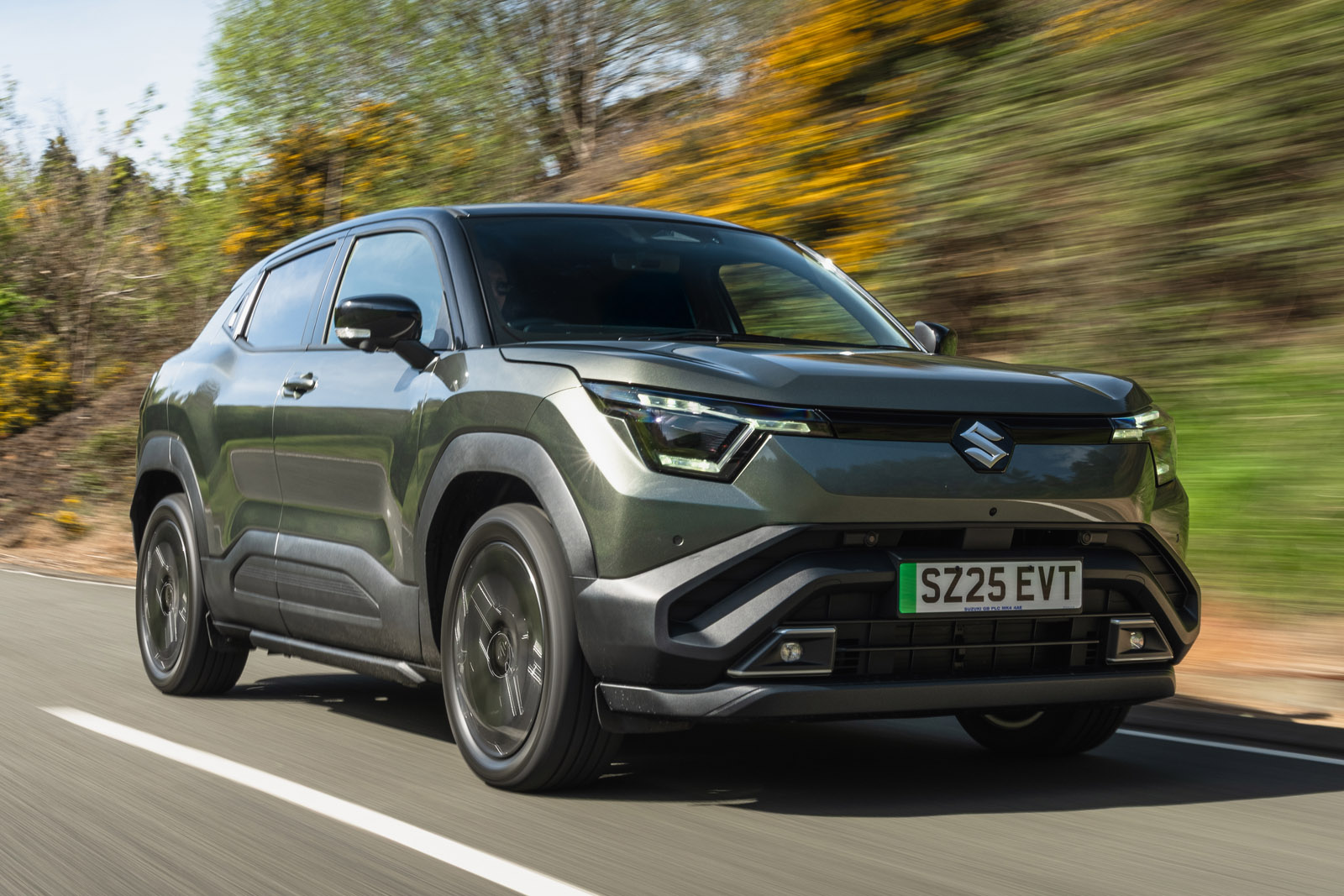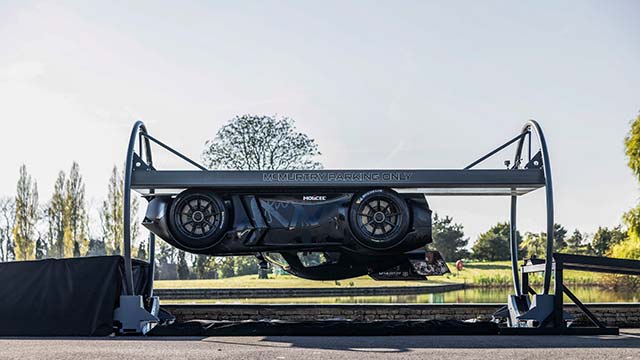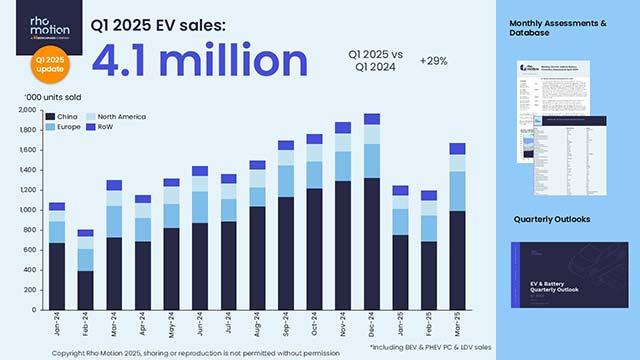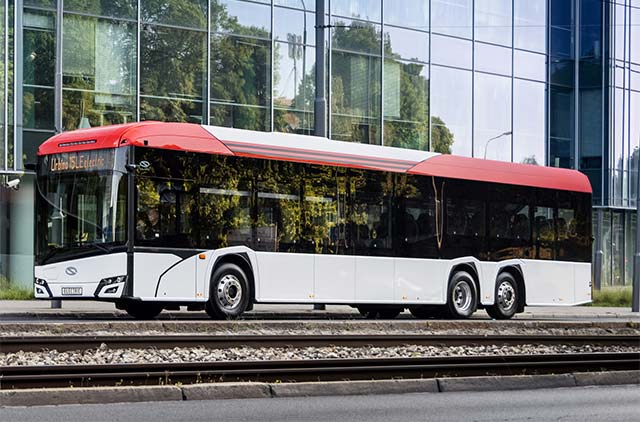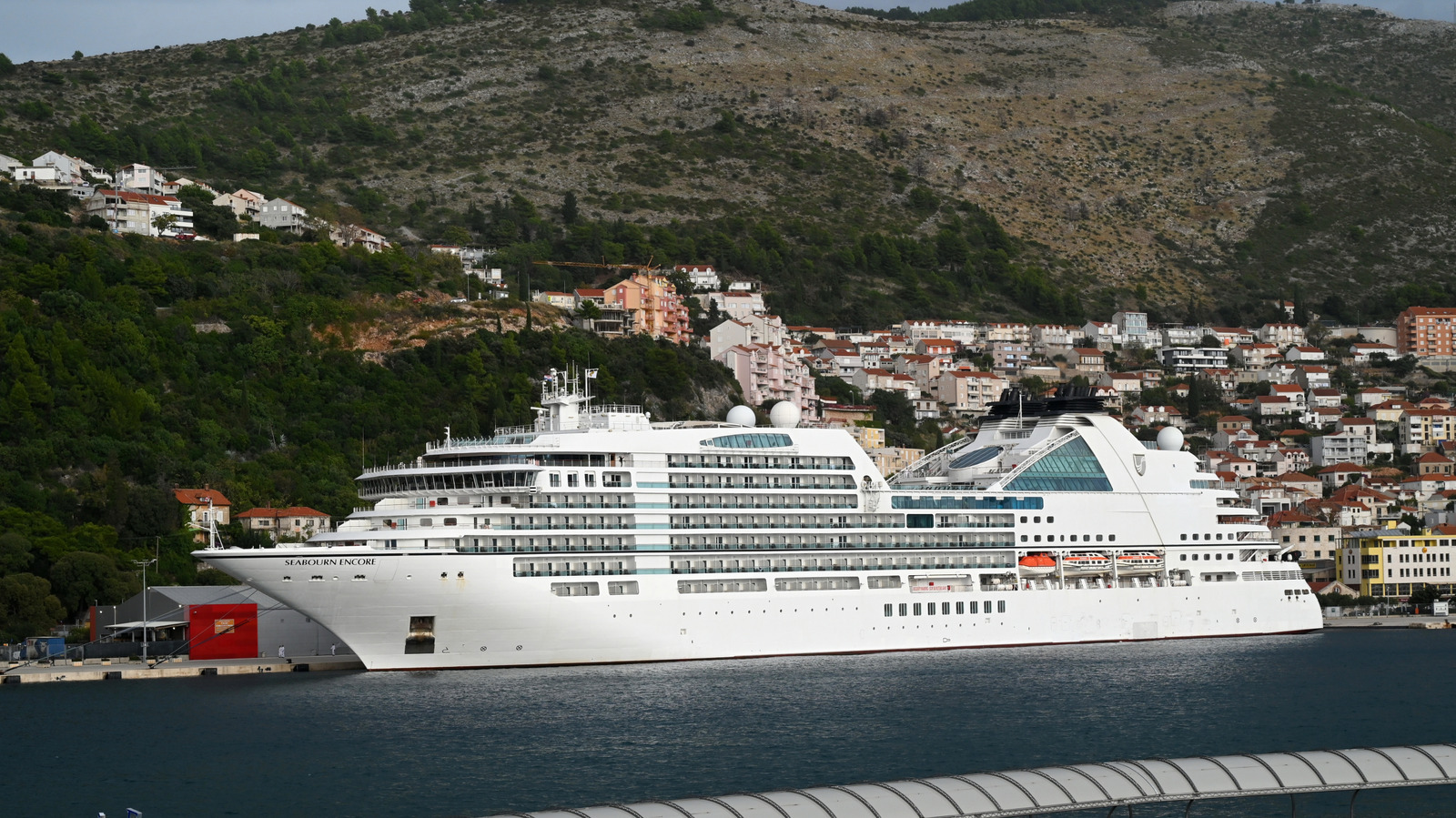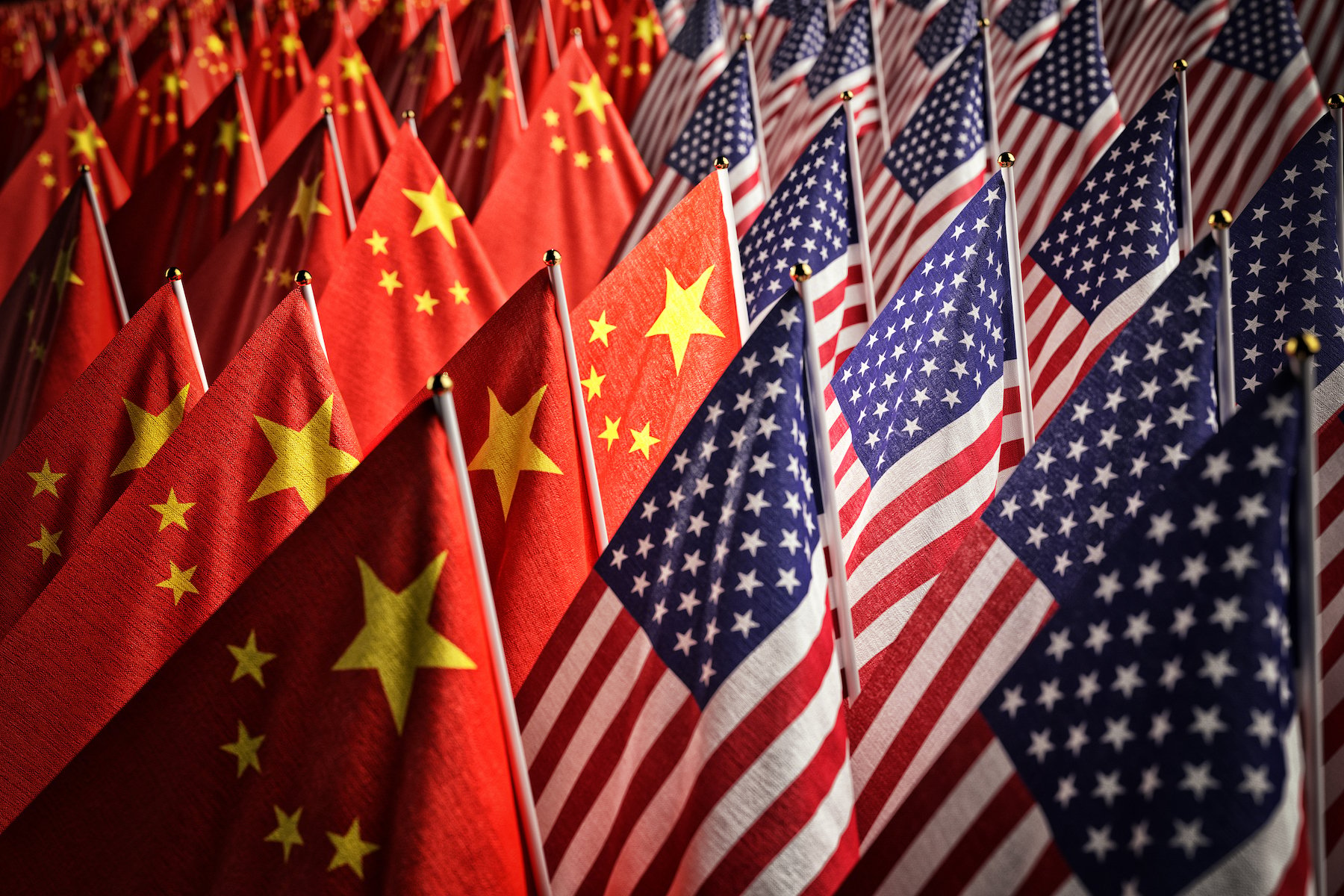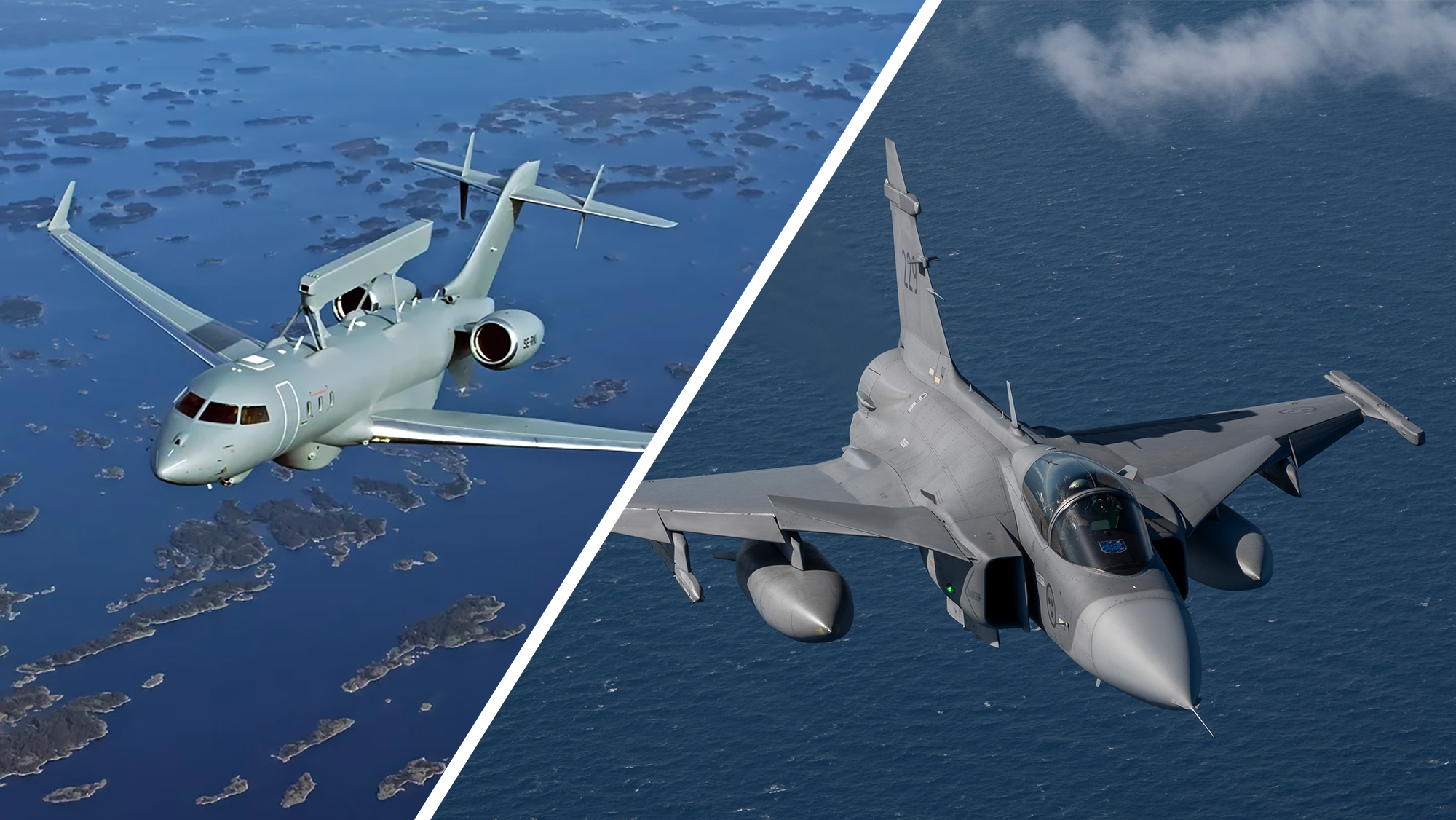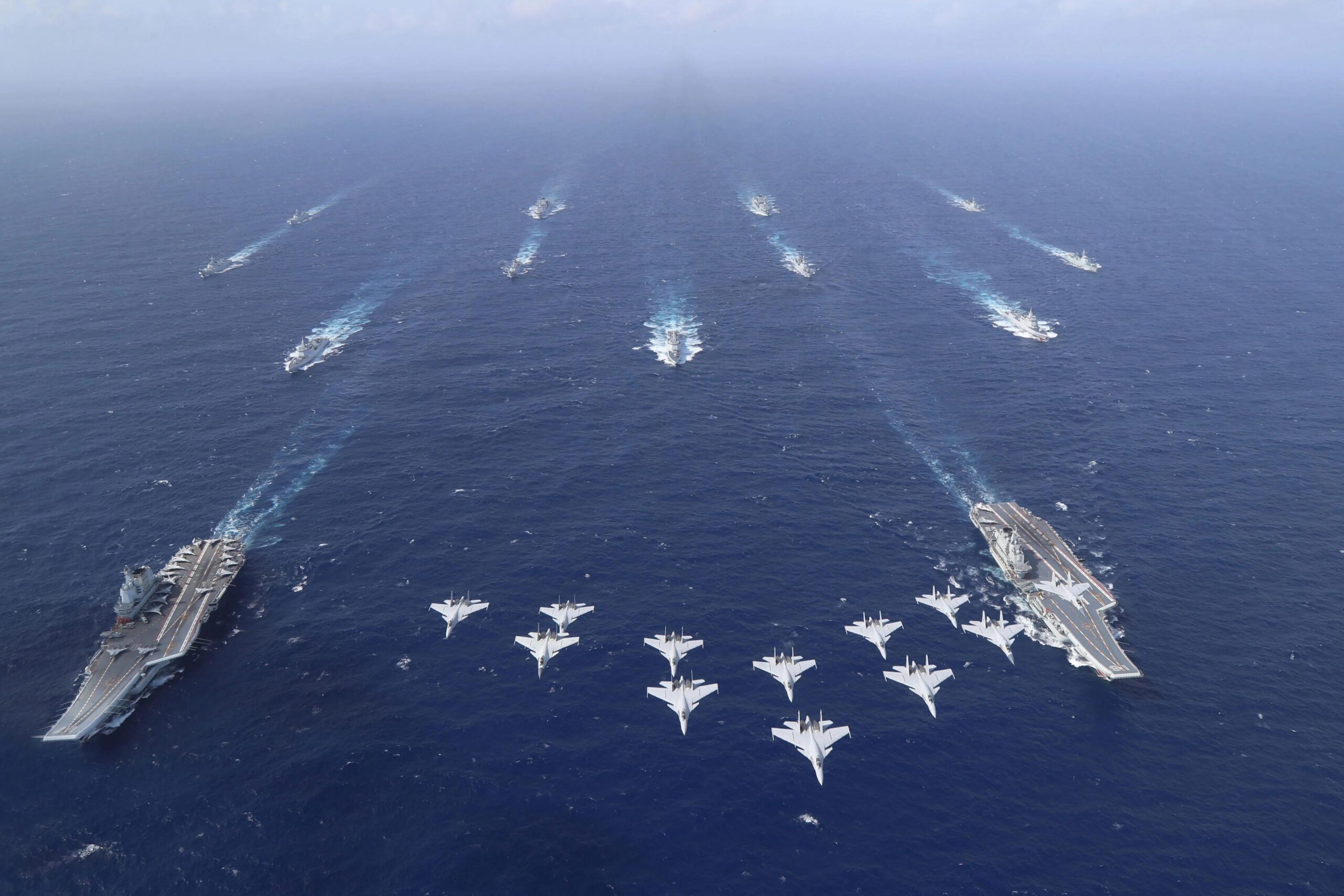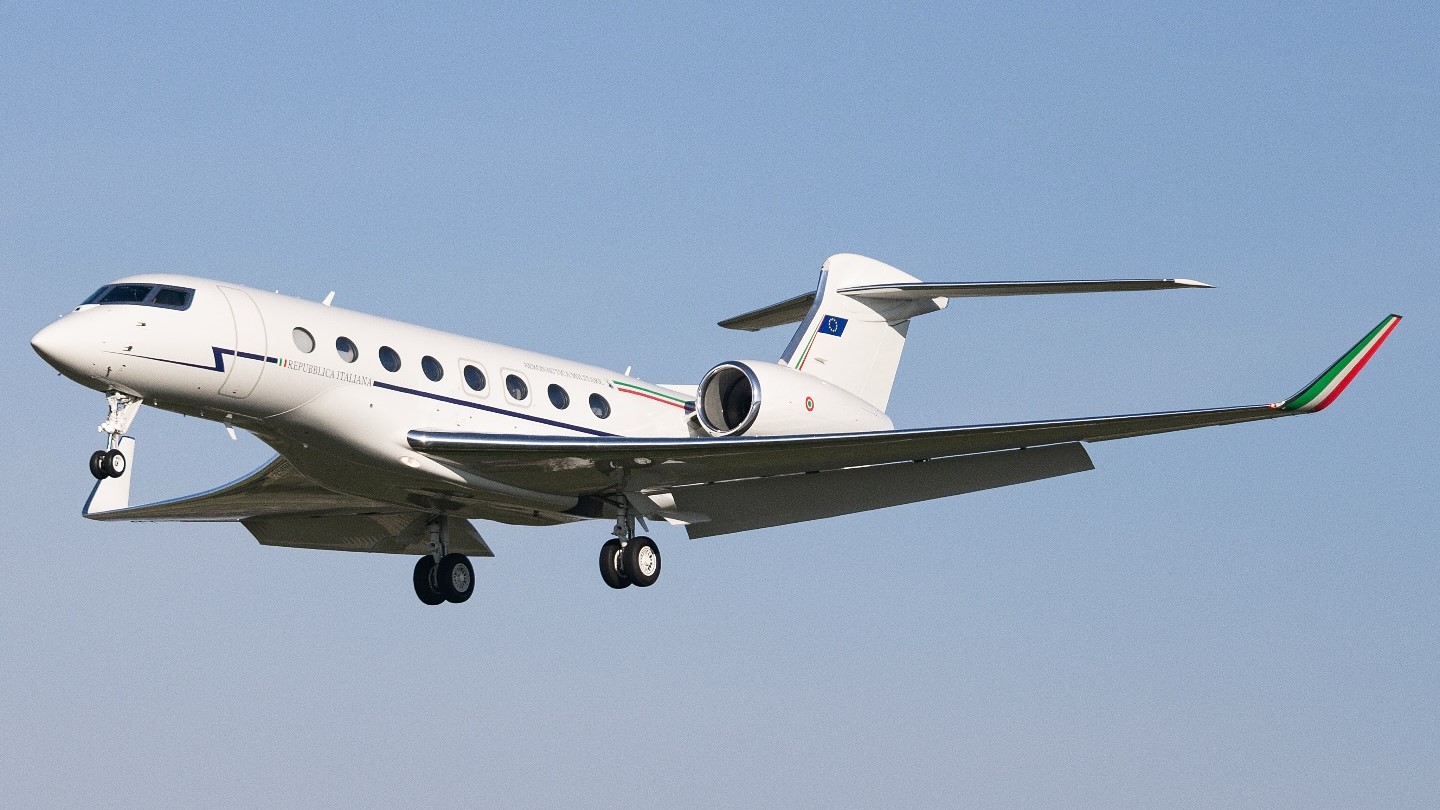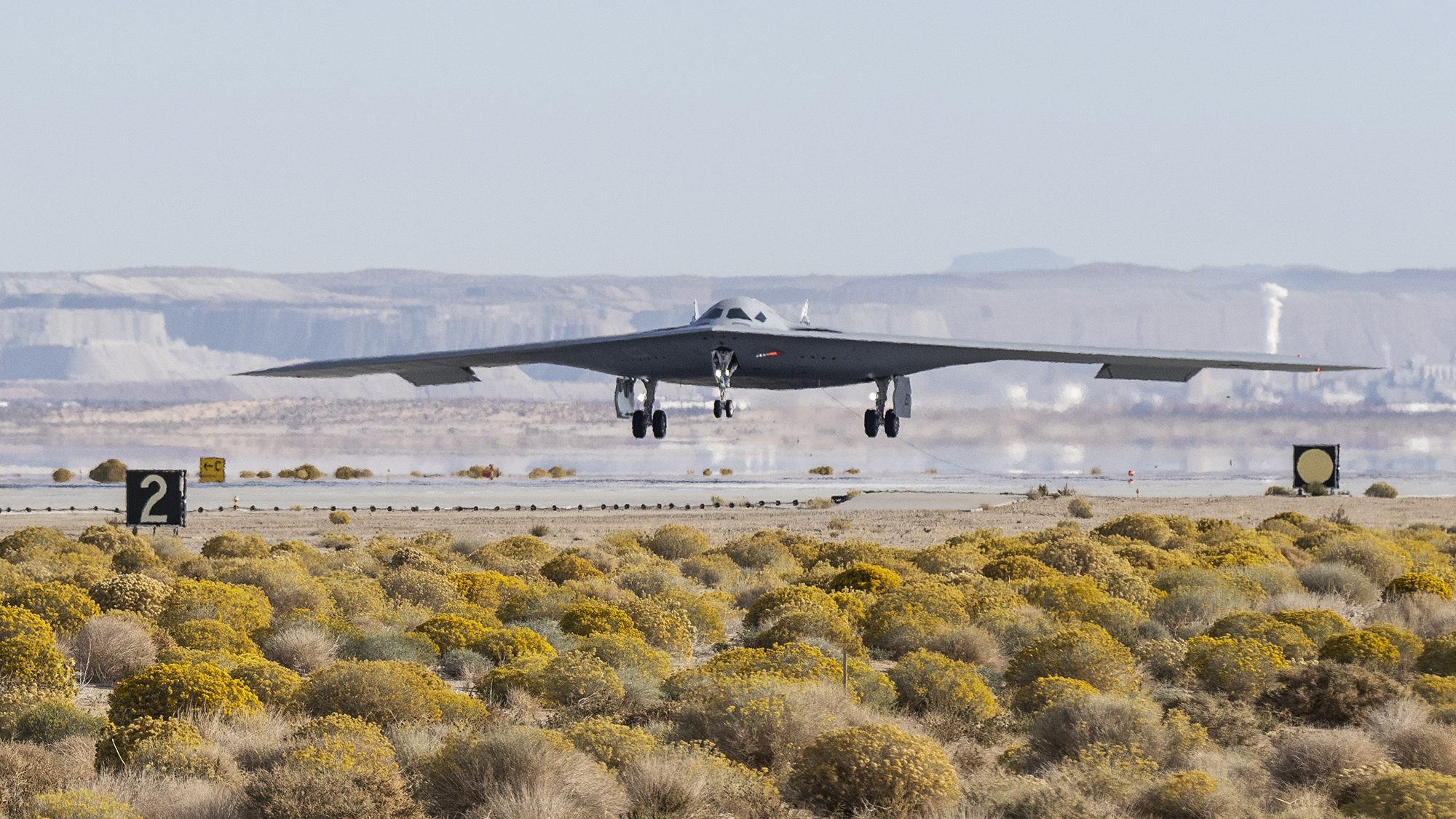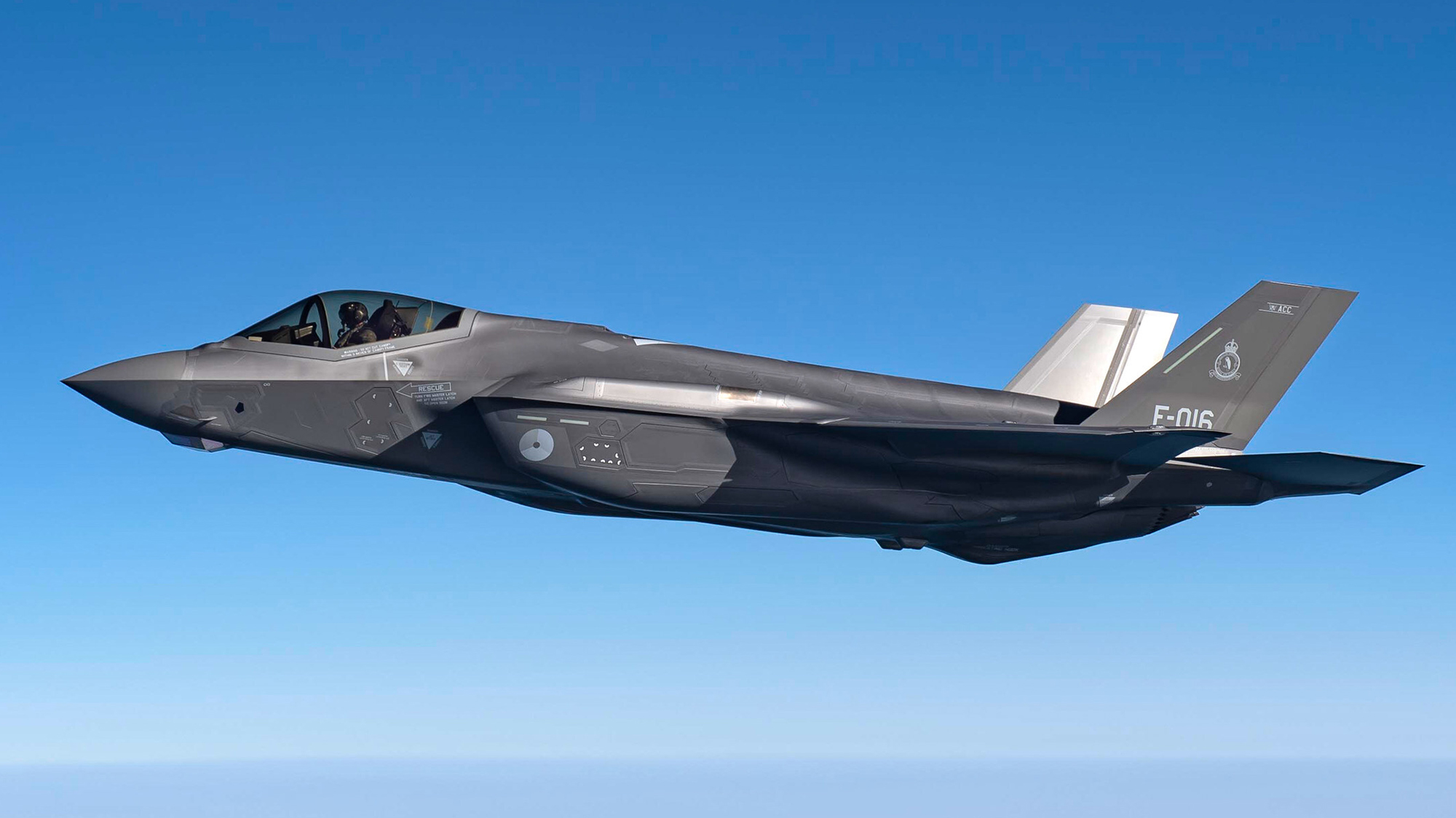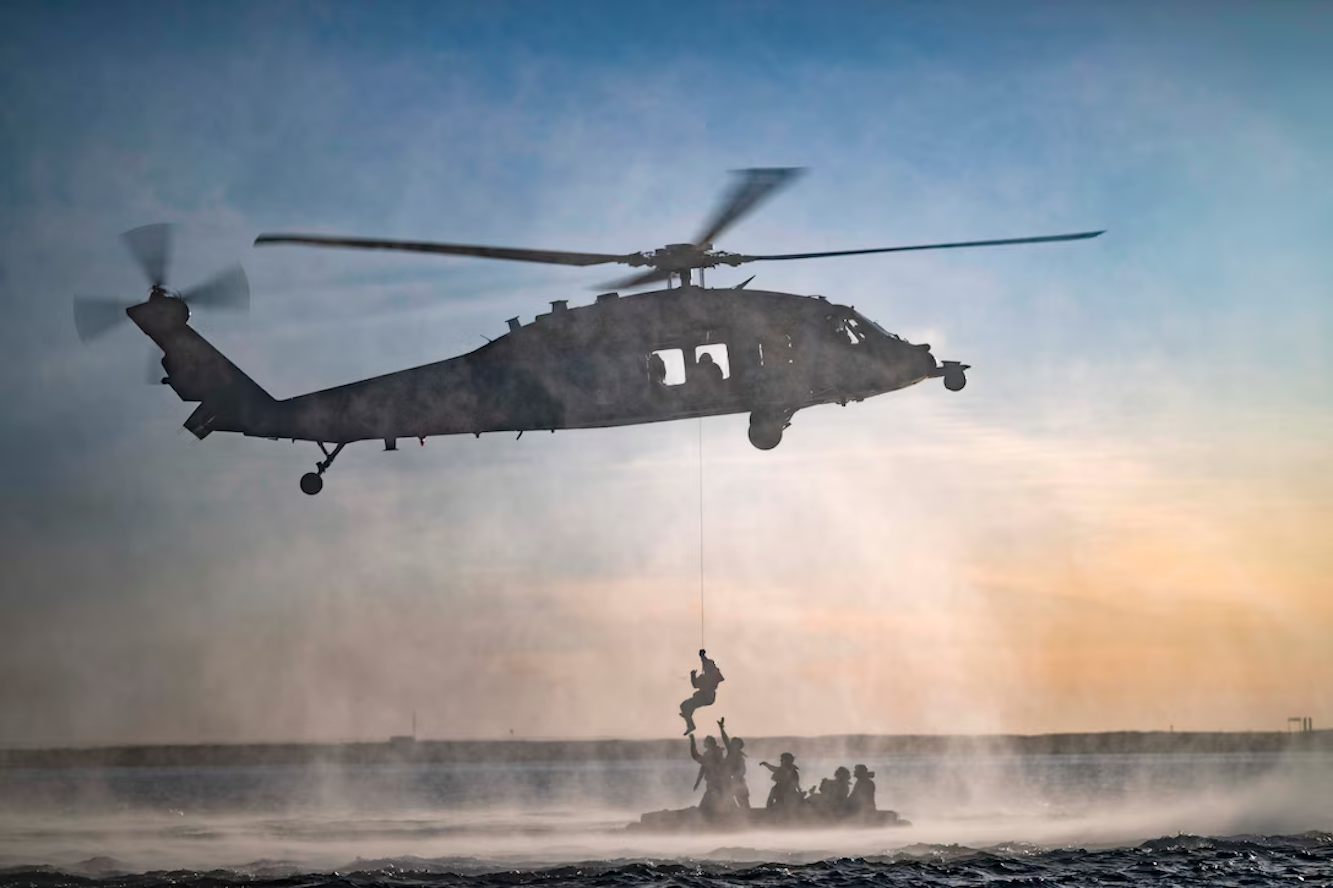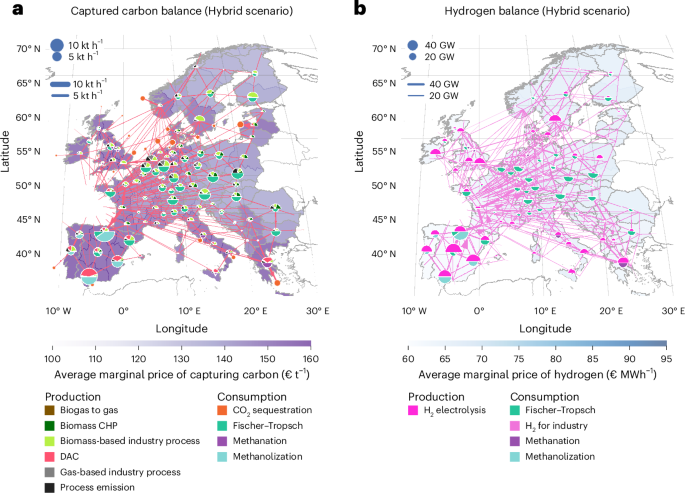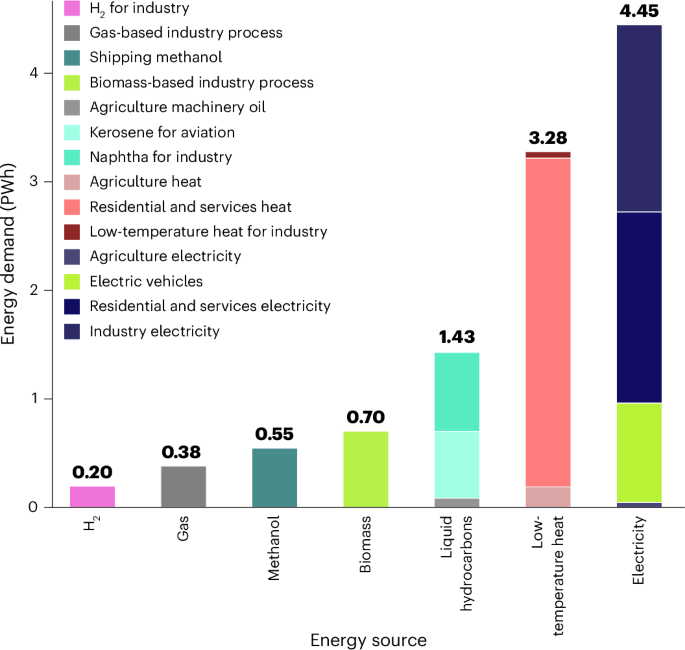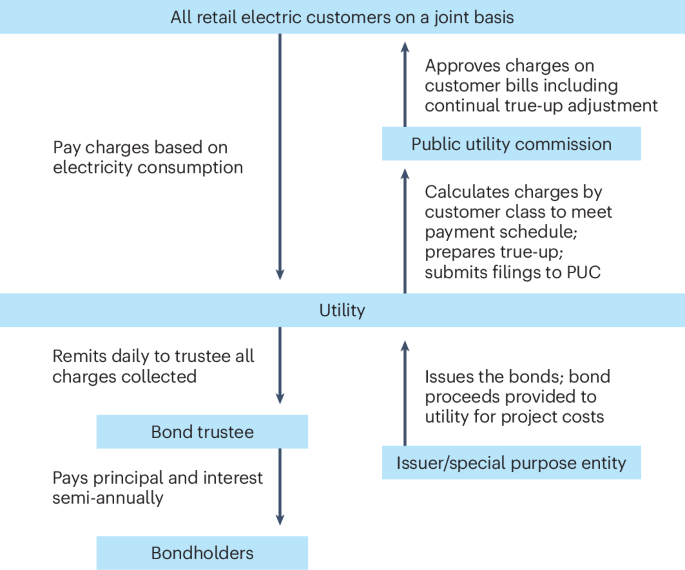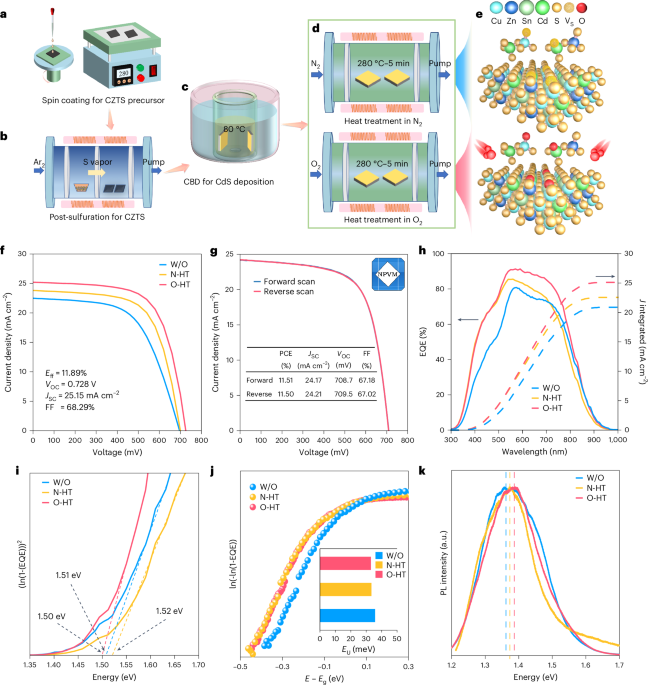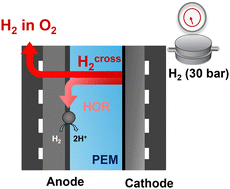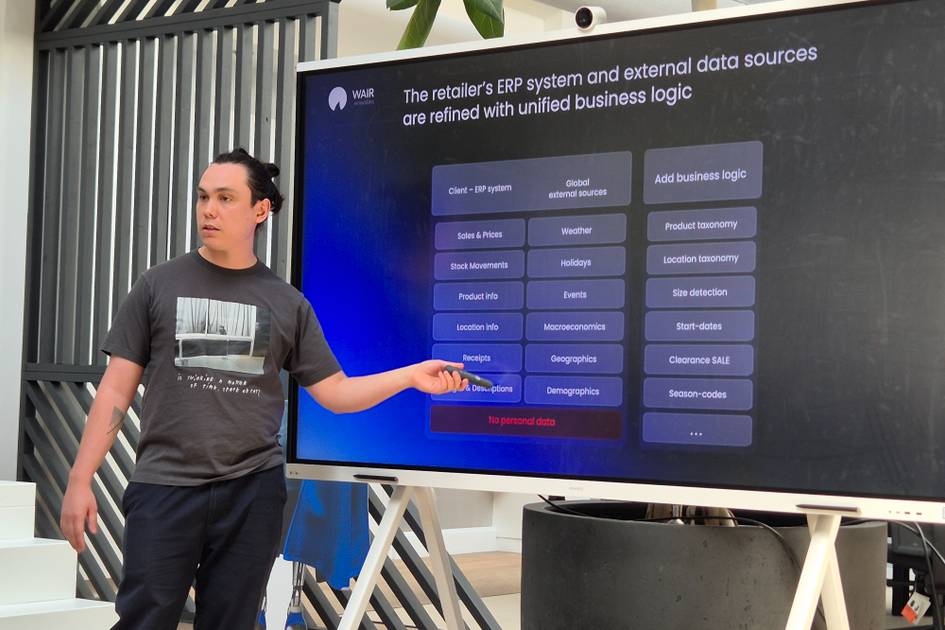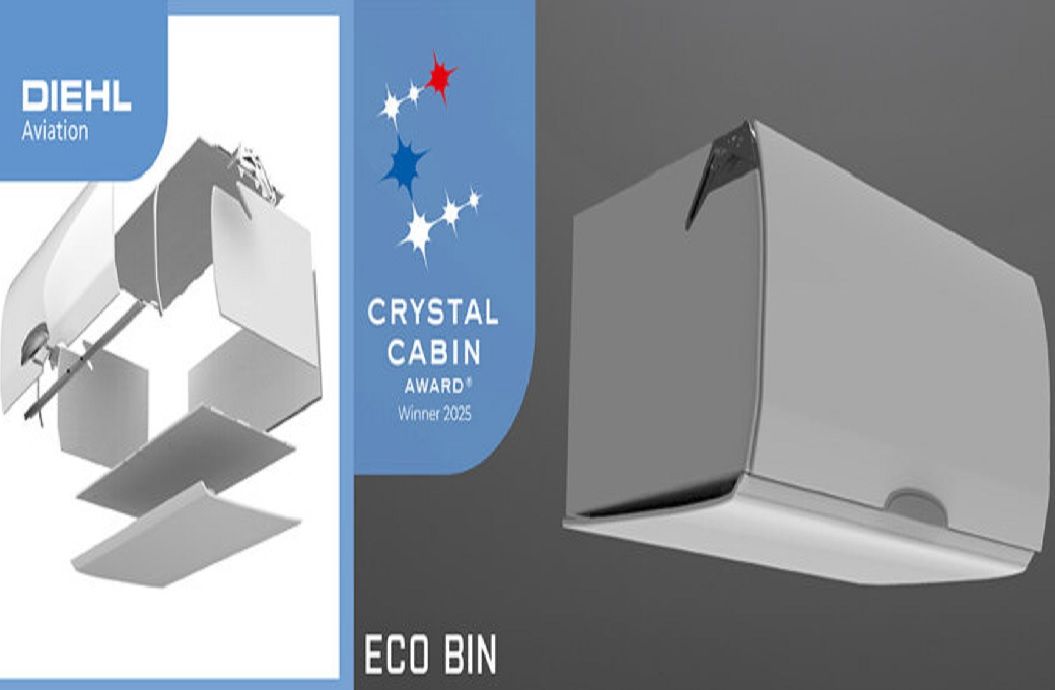Enter AJUS? Australia, Japan, US must boost trilateral intel, industrial cooperation: Experts
The three countries, working together, are “arguably the grouping best suited to deliver tangible results when it comes to the balance of military power in the Indo-Pacific,” a new report argues.


Japan’s Mitsubishi Heavy Industries launches fourth of Mogami-class frigates, Mikuma. (Japan Maritime Self-Defense Force)
SYDNEY — Due to an “unprecedented convergence in the strategic outlooks of all three countries,” a new report stresses that Australia, Japan and the US (jointly, AJUS) must work more closely as a trilateral unit on defense issues, especially when it comes to boosting intelligence sharing and increased real-world operational cooperation, to better counter Beijing.
“Though it may lack the same ‘brand power’ of groupings like AUKUS or the Quad, AJUS (as the three countries are known) is arguably the grouping best suited to deliver tangible results when it comes to the balance of military power in the Indo-Pacific. This is because it consists of the countries most aligned, able and — importantly — willing to pursue an integrated collective strategy across the full spectrum of national power,” writes Tom Corben, lead author of a new report published by the United States Studies Center.
The center is working with the Australian Defense Department on a five-stage project to bring together policy experts and practitioners from the three countries to identify areas for greater cooperation and policy changes. The first report focuses on “practical trilateral defense cooperation.”
The three countries are “arguably the grouping best suited to deliver tangible results when it comes to the balance of military power in the Indo-Pacific,” the report argues.
The three countries have grown increasingly close over the last decade in defense and foreign policy, but much more needs doing, the report argues.
“Despite this remarkable growth in the relationship, areas of concrete, day-to-day operational cooperation among the three defense establishments remain thin and mostly ad hoc. The three countries share deep common interests, but their militaries still do not operate together trilaterally on a routine basis, notwithstanding pledges to translate exercises into “actual operations in the maritime and air domains,” co-author Christopher Johnstone, chair of the Asia Group’s defense practice, argues.
The report makes four broad recommendations for AJUS:
- Create more robust trilateral information security and intelligence-sharing protocols at all levels, an essential enabler for other forms of cooperation.
- Translate joint exercises into real-world, unscripted operations, particularly for intelligence, surveillance and reconnaissance in the maritime domain, leveraging common manned and unmanned platforms.
- Pursue trilateral contingency planning for major regional flashpoints, leveraging new command and control arrangements and the forthcoming Trilateral Defence Consultations mechanism.
- Establish new mechanisms or leverage existing forums to improve maintenance, production and development of essential capabilities.
The first focus, US Studies Center expert Corben says, should be “the creation of more robust trilateral information security and intelligence-sharing protocols, the essential enabler for all other forms of impactful cooperation.”
Johnstone says the three countries “could significantly expand military contingency planning, especially related to the Taiwan Strait. Secondly, they could establish a regular pattern of integrated regional intelligence, surveillance, and reconnaissance (ISR) operations.” After that, they should collaborate on the co-production of weapons such as missiles and other munitions.
Australia and Japan are buying many of the same weapons, he notes, “including ship-launched cruise missiles and a variety of air-to-air and air-to-ground weapons. An integrated approach to manufacturing these weapons would allow for more efficient manufacture and exchange of parts, components, and final assembly, to supply all three militaries and ultimately export to third countries.”
The study’s Japanese expert, Tetsuo Kotani, a professor at Meikai University and a senior fellow in the Japan Institute of International Affairs, recommends that Australia, Japan and the US should also “consider greater coordination on next-generation missile defense research and development” such as working on the US-Japan Glide Phase Interceptor Cooperative Development Project established in May 2024 to counter hypersonic missiles.
“This,” he argues, “would have clear synergies with US-Australia hypersonic strike weapons cooperation, both at the bilateral level and through AUKUS Pillar II with the United Kingdom, under which Japan has recently started participating in uncrewed undersea vehicle activities.”
Peter Dean, who co-wrote Australia’s recent Strategic Defense Review and a director at the US Studies Center, says there’s need for cooperation “at the operational level, building on the high levels of trust between the three partners, which in turn requires improved intelligence and information-sharing.
“This is where Japan must enhance its protective security measures and cyber security as a matter of urgency,” he writes. “For their part, Australia and the United States must balance the risks and rewards of sharing more information with Japan and work towards establishing mechanisms and procedures that will smooth information exchanges and allow for more expedited sharing of intelligence, particularly in real-time.”
But the biggest step Australia could take to build industrial cooperation would be one that the Asia Group’s Johnstone says “would transform defense industrial cooperation among the three countries”: buying Japan’s Mogami-class ships to replace its aging Anzac frigates. Purchasing the Mogamis “would significantly strengthen defense industry links among the three countries” since many of the combat systems on them are likely to be American.












